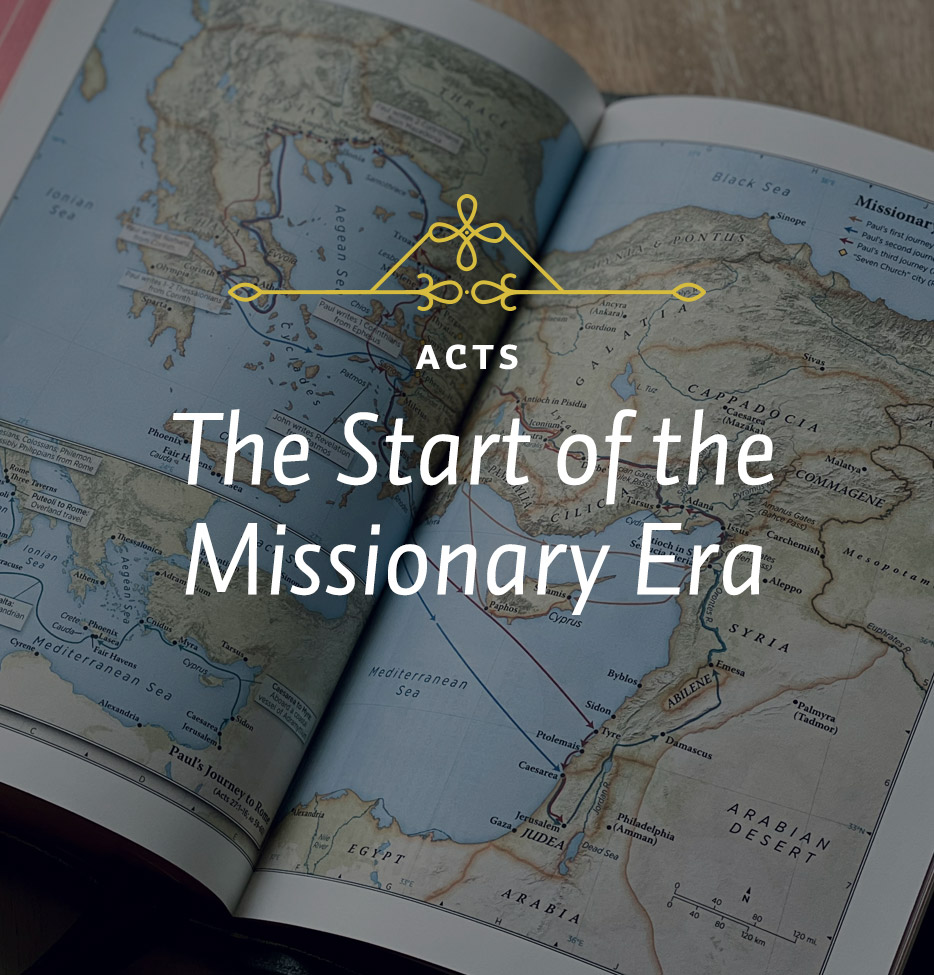In today’s study we continue our look at the church at Antioch and why it is an example of a great missionary tool.
3. It was an integrated church. I am sure that the Christians in Antioch did not use the word “integrated,” but that is what they were, though in a far richer sense than we normally use the word today. When we talk about integration we usually think of an integration of black and white persons. That had happened at Antioch, but the integration was more than that. There was also an integration of those who were from high levels of society with those who were from lower levels of society, the disadvantaged or slaves. And there was a mingling of Greeks and Jews, too. The church had within it all the various groupings of people in the Roman Empire.
In the empire these groups usually had little to do with one another. Greeks did not like Romans. Romans did not like Greeks. Jews did not like anybody. The rich despised the poor, and the poor hated the rich. The educated people looked down on those who were uneducated, and so on. But not in the church at Antioch! The five names we are given tell an enormous amount about this church.
There was Barnabas, first of all. We know who he was. He was a Levite, that is, a Jewish priest. He did not come from Jerusalem, however. He came from Cyprus, so he was a Jew of the diaspora. This means that he was a Jew who was in touch with Greek culture, perhaps even sympathetic to it.
Simeon was called Niger. “Niger” means “black.” So people have surmised (I think on sound grounds) that this was a man of black skin. He, too, was a distinguished leader.
There was Lucius of Cyrene. It was men from Cyprus and Cyrene who first went to Antioch and began to teach the Greeks (Acts 11:19-20). Since Lucius was from Cyrene and appears here only a few years later, we can assume that he was one of the men who went to Antioch to found the church. In other words, he was a missionary. Lucius is a Latin name, by the way. So he was probably brought up in a Roman culture.
Manaen is next. Manaen is a Greek form of a Hebrew name, so this man was probably a Hellenistic Jew. The significant thing mentioned about him is that he had been raised with Herod the Tetrarch. This Herod was Herod Antipas, the third of the five Herods introduced when we were studying the death of Herod Agrippa I in last week’s study of Acts. If Manaen had been brought up with this Herod, he would have been what we might call a prince, a man of high station who knew the ruling dynasty intimately. He was what we would call an important person, but here he was associating with the other “normal” Christians in the church.
The last teacher mentioned is Saul, a former Pharisee who was an enemy of the church but who turned from a career of persecution to build up the faith.
Because this church was established, well-taught, and integrated—thus demonstrating in the diversity of its membership the full unity of all people within the body of Christ—it was well-equipped to go into the pagan world with Christ’s Gospel. As representatives of this church went to the Greeks, Romans, barbarians, slaves and free persons of the Roman world, they could say, “The Gospel is for you.”
If those to whom they spoke replied, “But how do you know it’s for me?” they could answer, “Because of the way it functions in our church at Antioch.” A church like this was a powerful force in the missionary enterprise.
4. It had a multiple staff ministry. The early churches all had multiple ministries, and this was no exception. When Paul went to a place, he always took someone with him. And when he and his co-worker or co-workers left the new church behind, they appointed leaders for it.
We have fallen away from that principle in our time, through a pattern of organization in which churches usually are in the hands of just one minister. The people think, “Well, he’s the minister. It’s his job to do Christian work. Let him do it.” Such churches are weaker as a result. Churches should have multiple ministries. At the very least, they should use the gifts of all the church members. God has given each a spiritual gift to be used. But even in the formal pastoral leadership—“the ordained leadership,” as we would say today—there should be a plurality wherever possible. There should always be more than one worker when mission work or new church planting is being done.






